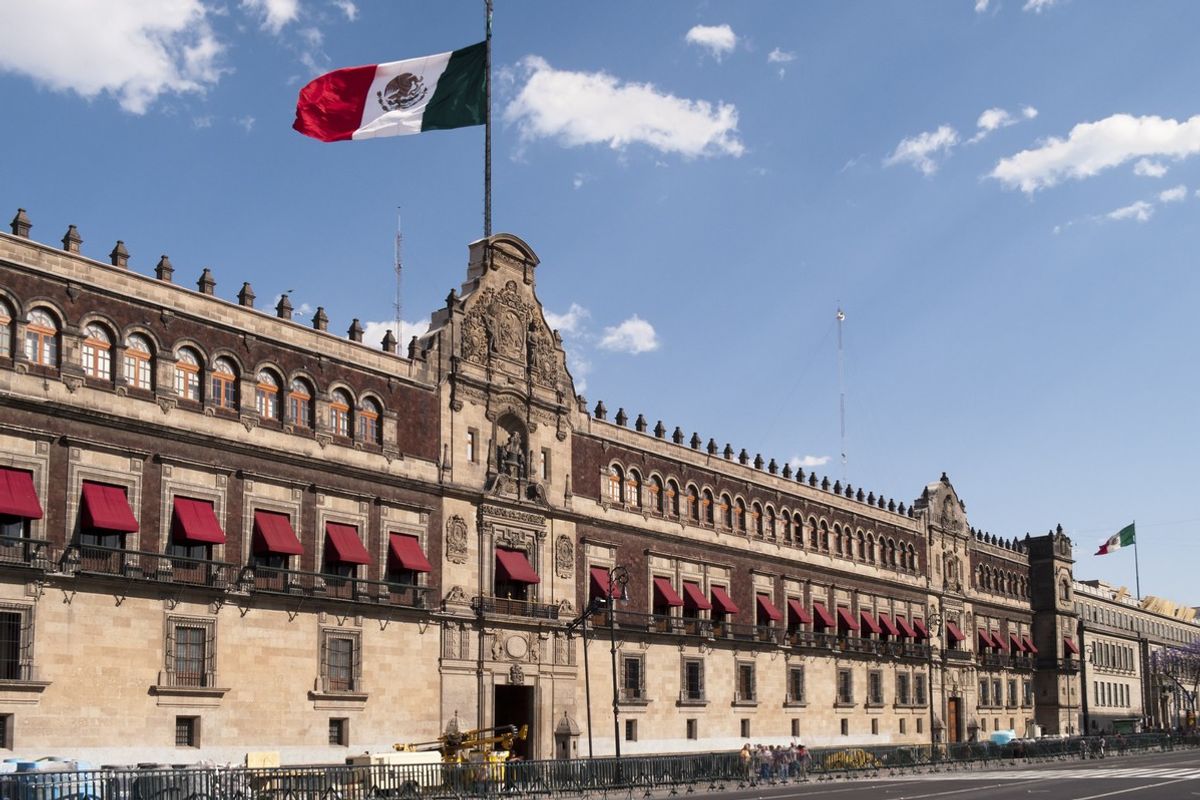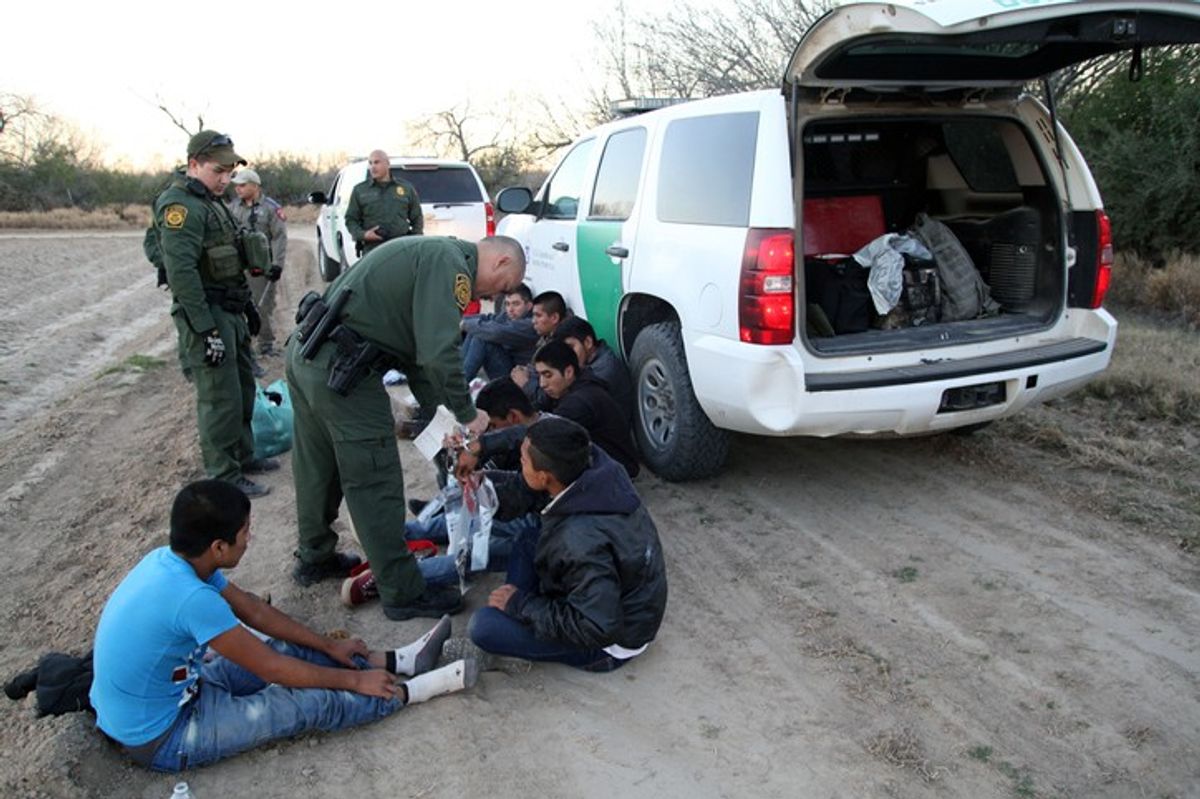For almost a decade, the Mexican government has deployed the latest version of a much longer effort to address the growing threat of Drug Trafficking Organizations (DTOs). Previous phases in this effort produced two phenomena: on one hand, the strengthening, sophistication, and territorial expansion of DTOs; and on the other, a steady decline of the national homicide rate that saw its lowest levels in 2006. The undesired phenomena, the expansion of the DTOs, eventually became a real threat to national security and of international concern, particularly in the post 9/11 global scenario.
The latest phase began during the Calderon administration (2006-2012) and continues to be implemented today by the Peña Nieto administration (2012- present) without substantial modifications. This phase has mainly focused on one strategic objective: weakening the monopoly that a few, very powerful groups exerted in particular regions and corridors within Mexico. One working hypothesis underlies this strategic objective: incapacitating the leadership of DTOs would produce internal competition, institutional fragmentation, and the subsequent appearance of new players with less organizational capacity and by consequence more manageable for the state. The hypothesis has been proven right; a wealth of analysis indicates the incursion of new smaller groups on the scene. The most important downside of this strategy has been a well reported and unprecedented spike in homicides that reached its peak by 2012. Although a modest decline in homicides has been reported since, it’s clear that it is just too soon to claim that this decline is sustainable.
The time has come to implement a new phase, one that builds on top of the fragmentation and proliferation of smaller violent groups. This new phase should now focus on violence reduction strategies in parallel with institutional strengthening and legitimacy.
Implementing this new violence reduction strategy requires targeting the places where violence is more concentrated in the country and on the most brutal and vulnerable groups, with clear disincentives for vicious behavior.
Eighty percent of homicides in Mexico are clustered in less than ten percent of the municipalities in the country (the vast majority of them in a metropolitan area). Even more so, violence concentrates in just a few neighborhoods within these municipalities. This level of concentration has not been properly leveraged in previous phases and requires a more granular understanding of the territory and its stakeholders.
Violence is perpetrated as a factor of conflict between competing groups in the territory. This behavior is driven by internal group norms. The new strategy should focus on addressing those who are more prone to be victims and perpetrators of violence: overwhelmingly young, underserved men.
The average homicide rate in Mexico in 2010 was 18 homicides per 100 thousand people. A more granular look at the places and demographics most affected by this violence, namely young men in Ciudad Juarez in the State of Chihuahua, reveals the unbelievable rate of 504 homicides per 100 thousand people. Young men in Ciudad Juarez are 30 times more likely to be killed than the average Mexican.
Executing a strategy like the one briefly proposed doesn’t come without important challenges. A violence reduction strategy, by all means, should strengthen the coordination between law enforcement, the delivery of justice, and social prevention measures. Coordination among military and law enforcement in Mexico has been critical in the previous phases, but a violence reduction strategy requires aligning efforts to reduce the impunity of violence perpetrated by targeted groups, deploying small tactical teams of intelligence led and problem oriented policing, and providing behavioral change programming for those at higher risk of involvement.
Focusing on violence reduction would yield very important and strategic results for the Mexican government. Its targeted, tailored, and somewhat bottom-up approach is not mutually exclusive to the extensive police and justice reform efforts; on the contrary, it could have a strong demonstrative effect on how the rule of law may positively impact economic and social development objectives.











